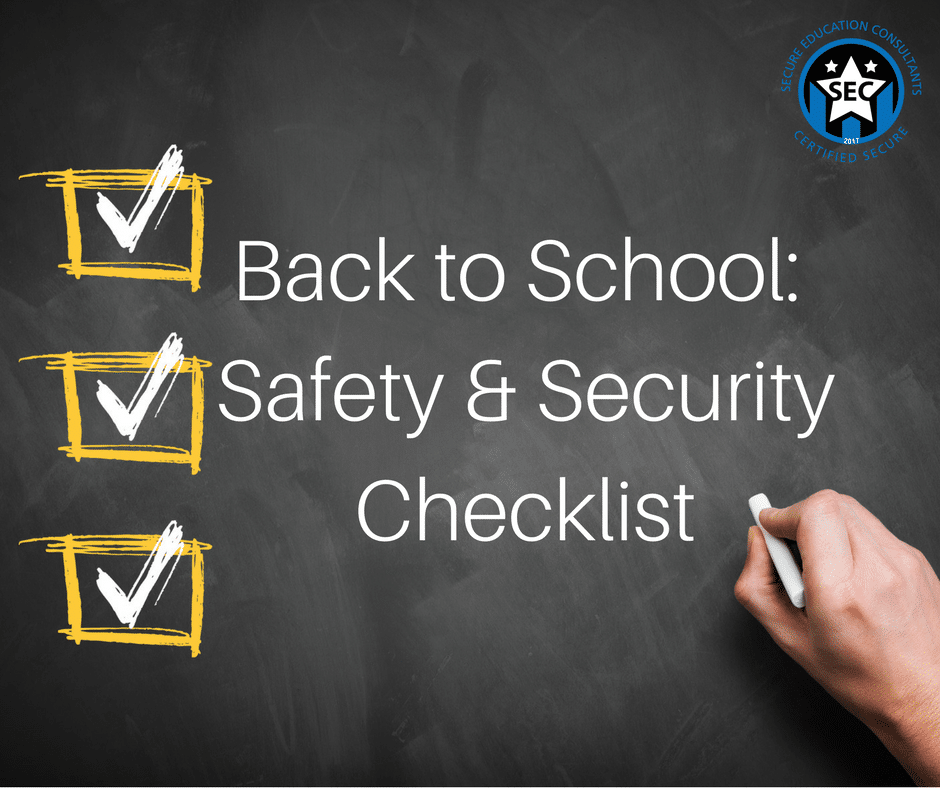If September is for fresh starts and new school years, August is for planning. A lot can change in a year. Schools hire new teachers, teachers and students move to new classrooms, school buildings undergo construction. Before the new school year begins, teachers, administrators and parents should review old emergency plans and make updates accordingly. Share the below lists with the people in your community to make this upcoming school year one of the safest and most secure years yet!
Administrators
- Ensure emergency protocols are in place and posted in each classroom.
- Go over basic emergency protocols with teachers and staff (i.e.: Evacuation, Shelter in Place, Lockout and Lockdown.) Answer questions when possible.
- Review key plan elements such as alert capability, relocation sites, and transportation elements to ensure they are in place.
- Develop a drill-schedule for early and mid-year that practices the main protocols.
- If buses are used, schedule times for evacuation practice. Ensure evacuation is practiced from the buses at least 2 times per year.
- Make contact with local emergency services to request they attend a drill that would elicit their response. (Fire for Evacuation and Police for Lockdown.)
Teachers
- Review basic emergency procedures to include Evacuation, Shelter in Place, Lockout and Lockdown. Ensure you are aware of the role you must play in each situation. Ask for clarification when plans are ambiguous.
- Check emergency supplies and ensure they are available and operating properly.
- Ensure you have access to any mass alert capability such as PA system or any emergency response APPs used.
- Plan a time, as early in the year as possible, to review basic emergency responses with children. Be sure to do this in an age appropriate manner.
Parents
- When age appropriate, ensure children know parents contact information to include phone numbers, home address etc.
- Consider a backpack emergency card with relevant phone numbers, medical allergies, and other information that could be used to help in an emergency.
- Ask the school about their plan to deal with emergencies and make sure they have a reunification plan in place.
- Update all emergency contacts. Consider authorizing a non-parent to pick up your child(ren) in case of emergency, and you are unable to be there.
- Have an age appropriate conversation with the child about maintaining safety and about age appropriate situational awareness.

